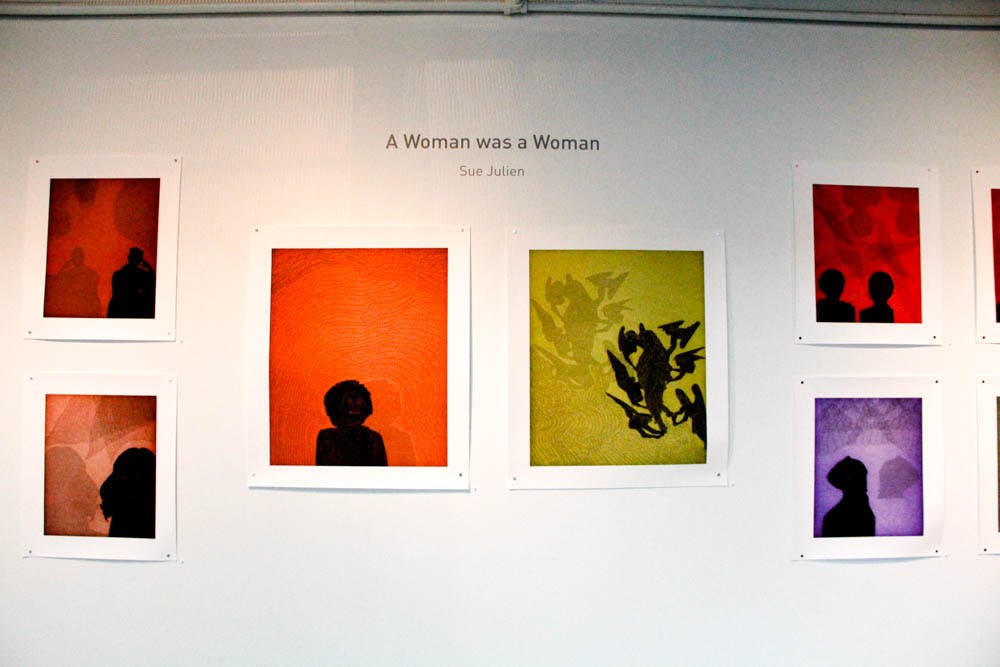From Oct. 3 to Dec. 19, the Granoff Center for the Creative Arts is showcasing Brooklyn-based artist and feminist Sue Julien’s portrait series titled “A Woman Was a Woman,” which spotlights both famous and lesser-known women to “illustrate the complexity of being female in a sexist world,” according to Julien’s artist statement for the exhibition. Sponsored by the Brown Arts Initiative, the exhibition includes portraits that depict women from nearly every epoch of history. The subjects include well-known historical figures such as Anne Boleyn (the English queen accused of high treason for failing to produce a male heir) and a 3.2 million-year-old partial skeleton of a female hominin discovered in Ethiopia in 1974, commonly known as “Lucy.”
Other featured portraits include women who have played meaningful roles in Julien’s personal life as well as more obscure female characters, such as a cryptic “Mrs. John.”
Julien started the project four years ago when she began to think about the important women in her life whose lives had been “complicated and fascinating, but often invisible,” she said. “I wanted to give (the women) a chance to come back” and be recognized, Julien explained.
Once President Trump was elected, what began as a tribute to Julien’s deceased grandmother evolved into a “far more pressing project”: a retrospective aiming to commemorate the dozens of women whose lives were “difficult … interesting … and overlooked,” she said.
In her artist’s statement, Julien emphasizes the significance of the “randomness” of her selection process.
“Given a different news cycle, different election results or … if at birth I had arrived into a different family or location, I would be presenting an entirely different group of women,” she said.
The portraits were drawn with Prismacolor pencils, photographed through a lightbox and then manipulated digitally — a process that lends the artwork a “special luminescence,” according to Sophia Lacava-Bohanan, program manager at the BAI.
According to Lacava-Bohanan, Julien’s work “seemed like a natural fit” for the Granoff Center’s Cohen Gallery because its exploration of feminism over the centuries “meshed well” with the themes of protest and resistance that the gallery has been exploring over the past few months. In tandem with Julien’s work, the gallery is also hosting a series of exhibitions, installations and public programs titled “On Protest, Art and Activism.”
“Being surrounded by the faces of strong women is an inspiration for me, and I find that being able to work in a space where I can imagine making eye contact with some of these women over the course of history is empowering,” Lacava-Bohanan added.
Harini Balakrishnan ’20 was drawn to the exhibit because its title. “‘A Woman Was a Woman’ really makes you think about definitions of femininity and what it means to be a woman,” she said.
“I think it is really profound that it is both about historical women and women from obscurity. Paying respects to women who didn’t have the attention they deserved while they lived is so necessary and cool,” Balakrishnan added.





